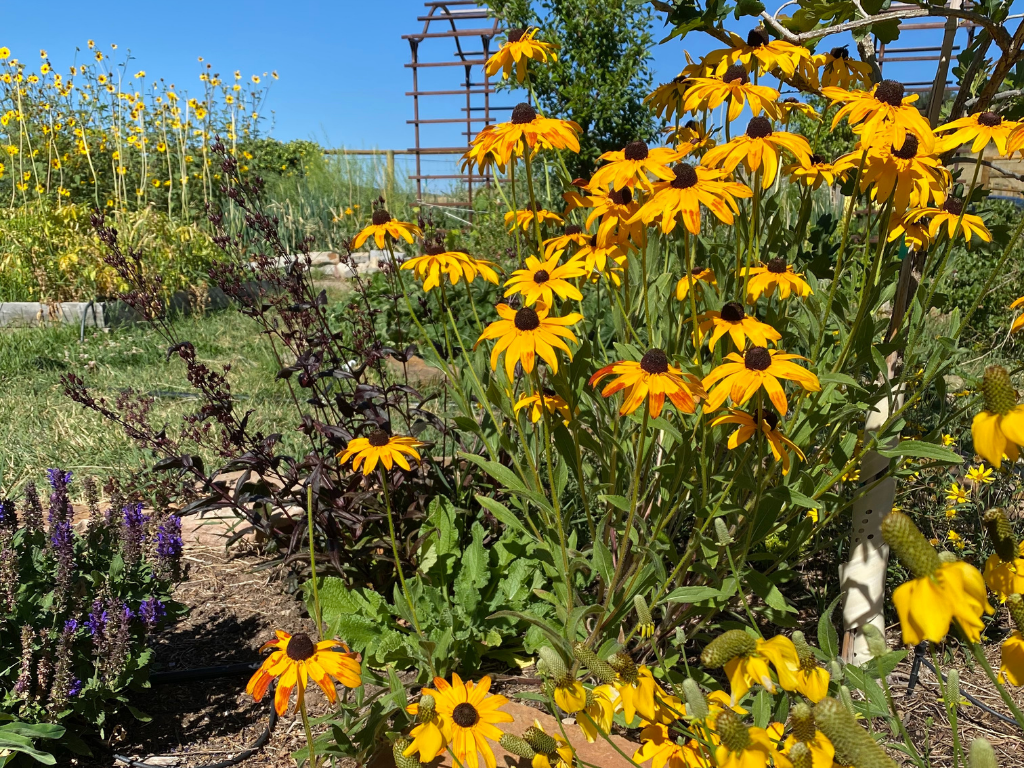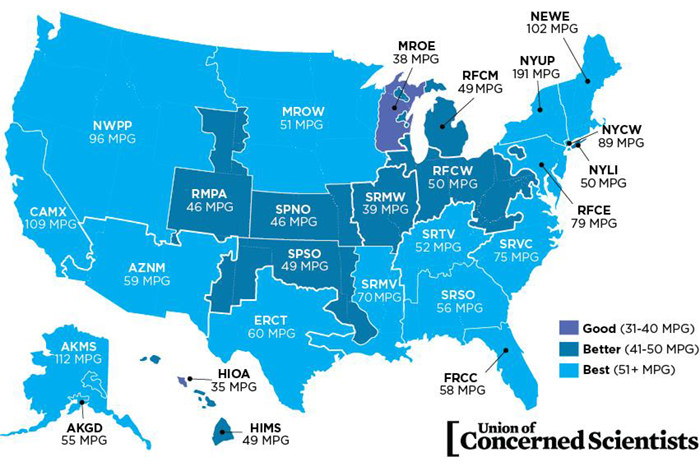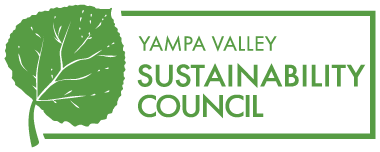DECEMBER 2, 2013 BY
By Karen Clark
The term aquaponics may sound like something from science fiction, but it’s a fairly simple concept. Aquaponics is a highly efficient farming system that depends on the symbi otic relationship between plants and animals in water. An aquaponics system combines both hydroponics (growing plants in water) with aquaculture (growing animals, such as fish and prawns, in water).
otic relationship between plants and animals in water. An aquaponics system combines both hydroponics (growing plants in water) with aquaculture (growing animals, such as fish and prawns, in water).
Aquaponics is an intriguing method of food production because it helps eliminate some of the inefficiencies of both aquaculture and hydroponics, while harvesting the benefits of both systems. In a typical aquaculture system, animal excretions and excess nutrients have to be removed from the water once they reach a certain toxic level. This process requires measuring, monitoring and the removal of nutrient-rich water to be replaced with fresh water on a periodic basis.
Aquaponics eliminates the waste of aquaculture by channeling the nutrient-rich water to plants. Plants can break down the animal excretions and convert them into nitrates and nitrites, which they use as food. But the efficiency doesn’t stop there. Once the plants have used the nutrients, the water can be cycled back to the fish and other aquatic animals.
If you are interested in sustainable food production, you may want to consider taking advantage of aquaponics in your own home. Here are a few things to keep in mind if you decide to develop your own home aquaponics system:
- DIY aquaponics is easier than you think, although it requires you to purchase a checklist of materials, including an aquatic fish tank and a pump. Once you add up the cost of materials, you may be better off simply purchasing a full aquaponics system. Expensive systems can range all the way up to a few thousand dollars, but you can also find systems for only a couple hundred dollars. You may want to consider a less expensive system if you are just starting out.
- Even though aquaponics requires an upfront investment, it can provide a lot of return in the long run. Once you set up your aquaponics system, it requires little work to operate. You simply have to feed the fish and decide which plants you want to grow; the rest is taken care of. In order to get the best long-run return out of your aquaponics system, you may want to attend an initial aquaponics training class. These classes will cover topics, such as crop recommendations, water quality and growing techniques.
- Climate has a huge impact on the viability of an aquaponics system. They function most effectively in climates where the weather is warm year-round, so that the fish do not die from the cold. It is possible to have an aquaponics system in a cold environment, but you will need to keep your system warm in a greenhouse, which may require a heater. Some types of heaters, such as those fueled by gas or wood, carry a risk of carbon monoxide poisoning, so make sure you take the appropriate precautions and install a carbon monoxide detector in your greenhouse.
- Spend a little time researching which plants can be grown most efficiently with your aquaponics system. Lettuce, herbs and kale, for instance, are all very easy to grow using aquaponics. Other plants, such as tomatoes, peppers and beans, are a little more difficult to grow with aquaponics and would require a more advanced system. These crops may not be as cost-efficient to grow with aquaponics, especially if you want a small home system.
- Don’t forget to have fun! Aquaponics is an interesting and sustainable way to grow your own food. Get the whole family involved to share sustainability with the next generation.
Karen is a home and technology writer with a penchant for home food production. You can send her questions via email.






